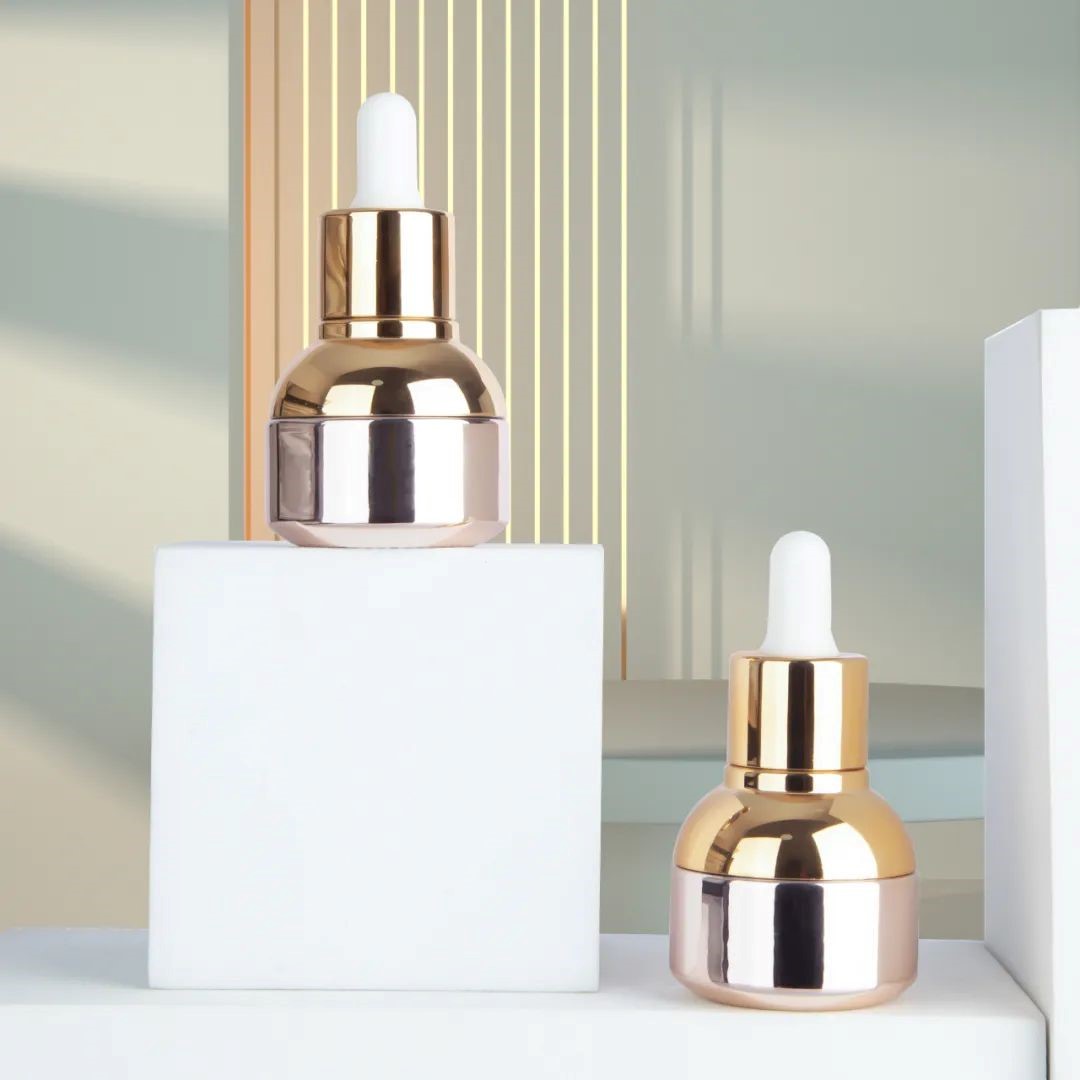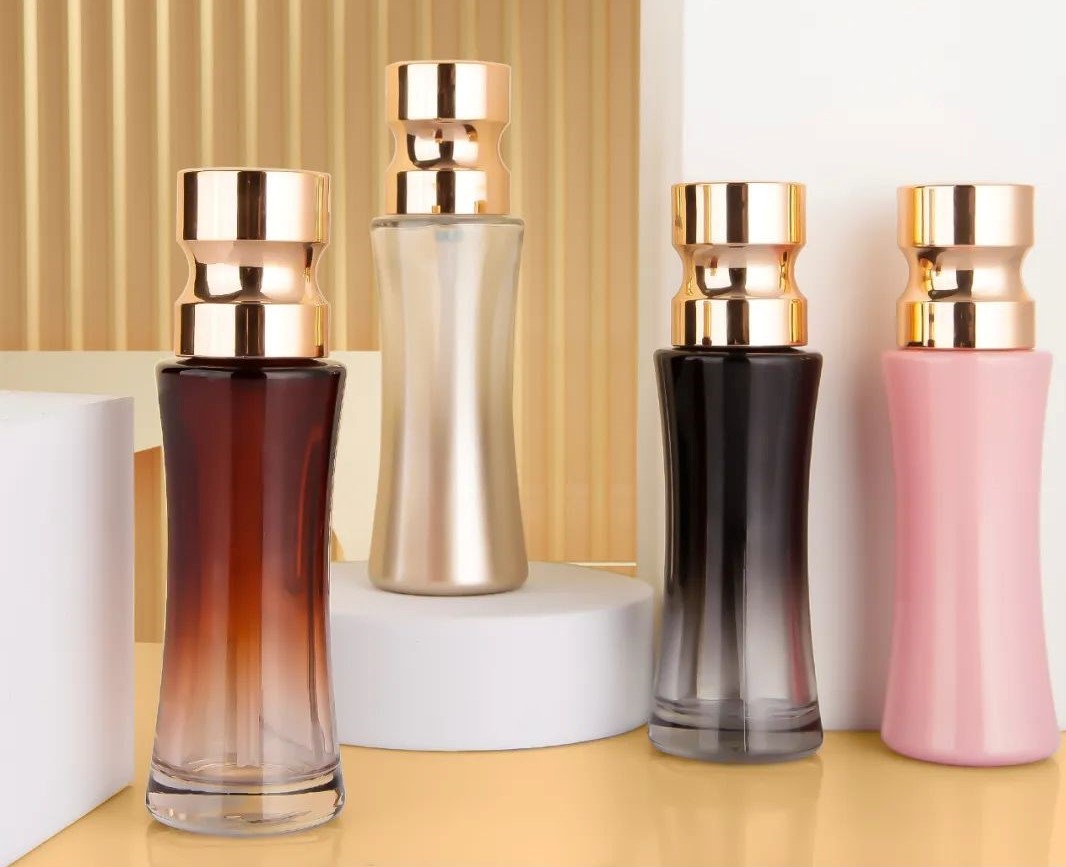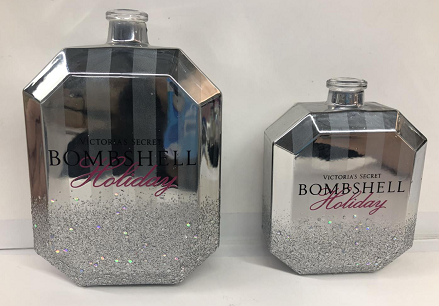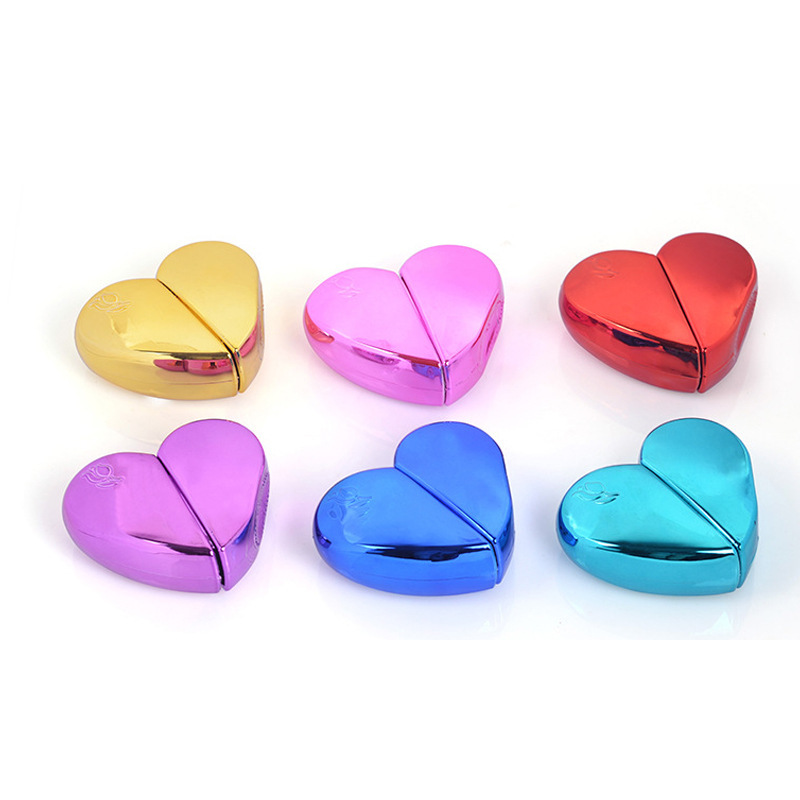

Electroplating is an essential technology in the production of luxury cosmetic packaging, used to enhance the aesthetics and durability of glass packaging, plastic bottles, and various cosmetic containers. Electroplating adds a high-gloss metallic finish to products, making them suitable for high-end skin care and items like bottles, bottles, and glass jars. Let’s take a closer look at how electroplating works and its significance in cosmetic packaging.

Electroplating, short for electrolytic metal plating, involves immersing a product in a solution with metal ions, connecting it to a cathode, and applying a direct current to deposit a metal layer on the surface. This process enhances the appearance and durability of cosmetic packaging, like glass bottles and glass containers, with a luxurious metallic finish. Common methods include aqueous solution plating (such as roll plating, hanging plating, and continuous plating) and chemical plating.
Process Details: No mold cost, though the per-piece cost is higher. Electroplating is suitable for outputs from single pieces to large batches, offering high gloss, oxidation resistance, and corrosion protection.
The primary benefit of electroplating is the ability to create a brilliant metallic layer on both metal and non-metal surfaces, enhancing the appearance of cosmetic packaging materials without the cost of solid metal. Selective areas can be electroplated, allowing customization on glass packaging like bottle caps, lipstick cases, and other beauty product shells. Electroplating also ensures that cosmetic packaging maintains a refined, luxurious look, making it popular in the packaging printing and luxury cosmetics industries.

Electroplating materials include over 10 widely used metals like zinc, copper, nickel, chromium, silver, and gold. Alloy coatings are also common, such as copper-nickel and zinc-iron, to achieve specific finishes on glass bottles and plastic packaging. For plastic materials, ABS is often chosen because it withstands high temperatures (up to 60°C) and bonds well with metal layers, making it ideal for electroplating cosmetic packaging items.
Nickel, chromium, and rhodium are frequently used in luxury cosmetic packaging due to their long-lasting brightness and resistance to corrosion—particularly beneficial for high-end glass packaging that needs to maintain a premium look.
Electroplating for cosmetic packaging involves various types of coatings like chrome, copper, cadmium, tin, and zinc, each tailored to different applications. During electroplating, the plating metal (or insoluble material) acts as the anode, and the cosmetic component, like a glass bottle or cap, serves as the cathode. The metal ions form a layer on the product, enhancing its surface properties. For example, ABS plastic undergoes a special process where the surface is treated to make it conductive before plating, allowing for a durable and lustrous finish on plastic bottles and other packaging.

The electroplating process is as follows:
Pretreatment: Grinding → initial cleaning → water rinse → electrolytic degreasing → rinse → acid dip and activation → rinse
Neutralization: Neutralizes the surface, preparing it for plating.
Electroplating: Priming, surface plating, rinsing, and pure water washing.
Drying: Removes moisture, setting the final electroplated finish.
In cosmetic packaging, electroplating is applied mainly to external components, such as glass packaging shells, lipstick cases, bottle caps, and other decorative parts. Since electroplated surfaces generally shouldn't contact cosmetic contents directly, these metallic finishes are applied to outer shells of products, ensuring a sophisticated appearance without compromising safety.

Electroplating plays a vital role in creating high-quality, visually appealing cosmetic packaging. From glass bottles to plastic jars, electroplated packaging offers elegance, corrosion resistance, and customization options for the beauty industry. As electroplating technologies advance, they continue to enhance the value of skin care packaging and luxury cosmetic containers, ensuring they meet both functional and aesthetic requirements.






